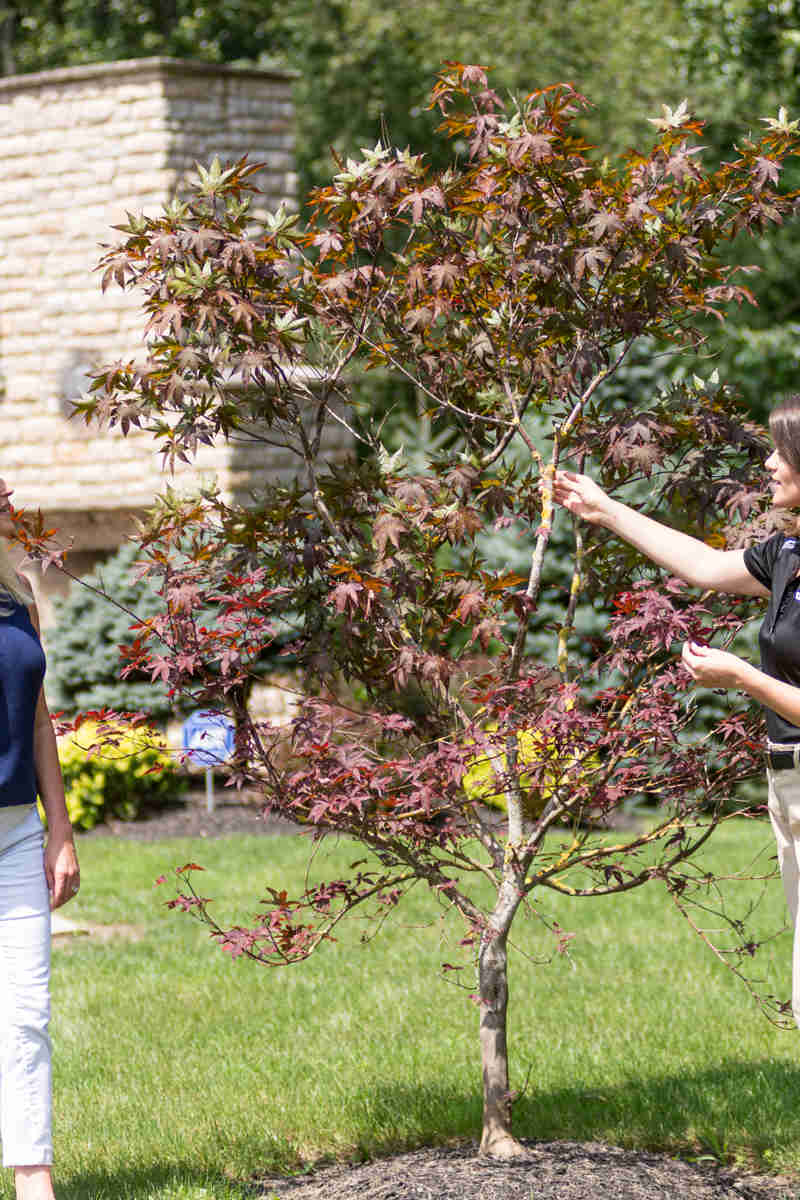Apple Scab Description:
Apple scab is a foliar leaf disease caused by the fungus Venturia inaequalis.
Hosts:
Commonly impacted trees: crabapple, apple, hawthorn, cotoneaster, mountain ash, and pear.
Biology & Symptoms:
If infected leaf litter gets wet in spring, spores are released and may be carried by wind or rain to infect new leaf and blossom tissue. However, spores can continue to infect throughout the season as long as temperature and humidity conditions are favorable.
Symptoms include:
- Olive-green to black velvety spots with indistinct margins on leaves.
- Severe cases can lead to yellowing of the leaves and early defoliation.
- Olive-green to black lesions on the fruit turn brown and corky over time.
Apple Scab Treatment & Management:
- Remove and destroy the fallen leaf litter so that the fungus cannot overwinter. This may reduce the disease pressure in the following spring, but will not likely eliminate the disease.
- Do not overcrowd plants, and make sure the canopy has proper airflow. This will decrease the conditions favorable for disease development.
-
Fungicide applications at 2-week intervals begin when new growth is expanding in the spring.
- Crabapple cultivars that are resistant to apple scab are widely available.





